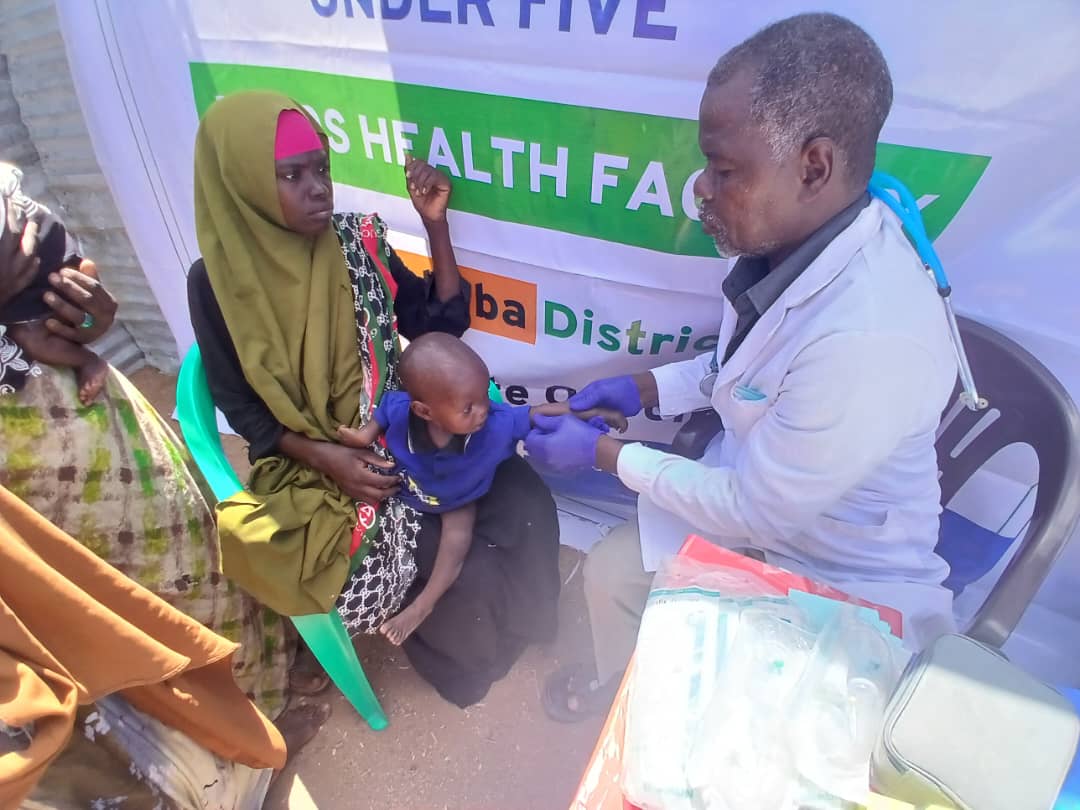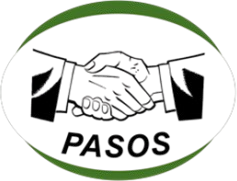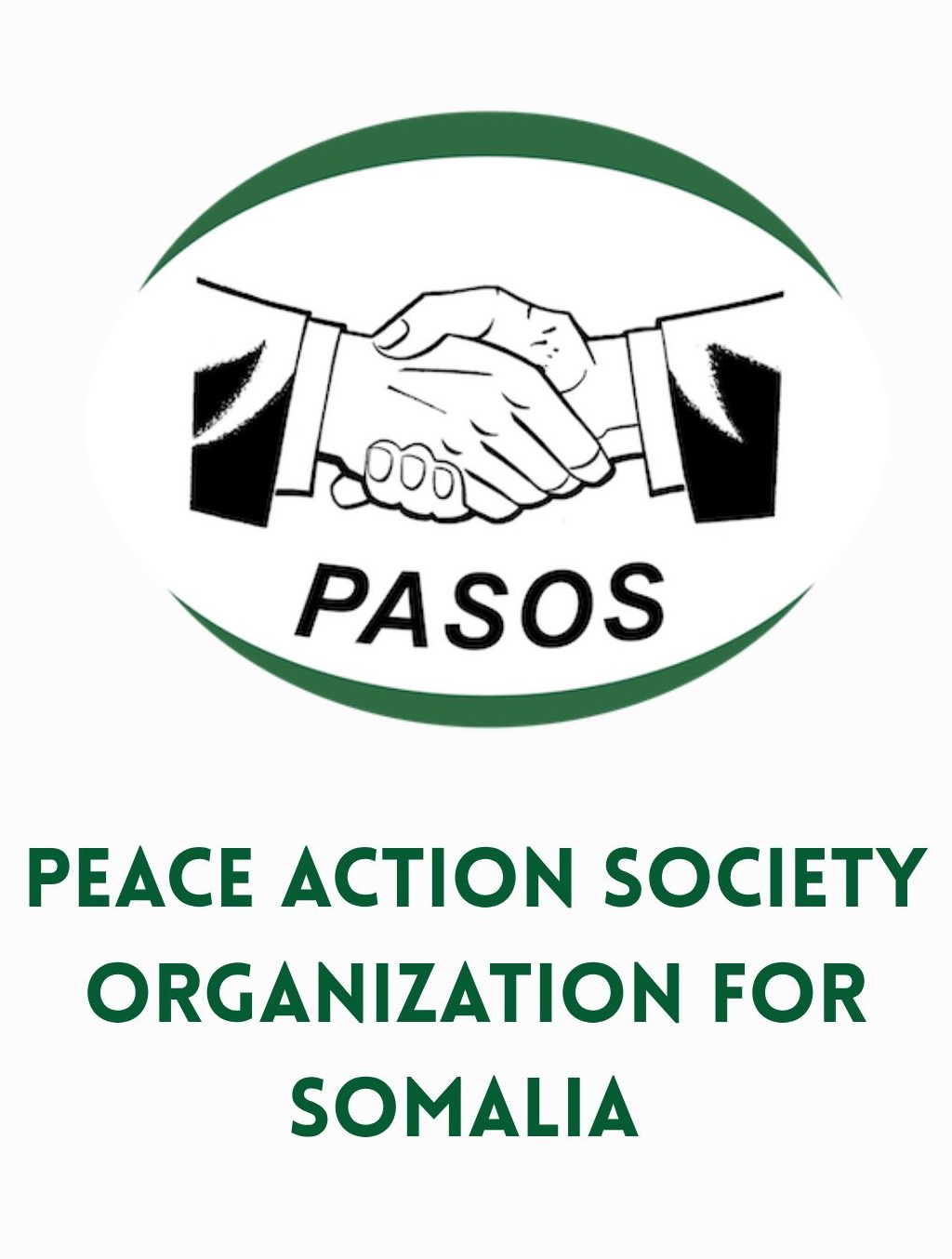About
Humanitarian Challenge
PASOS addresses pressing humanitarian challenges by responding to crises, reducing vulnerability, and supporting communities to recover and rebuild with resillience.
Humanitarian Challenges in Somalia: Context and PASOS Response
Somalia remains one of the world’s most complex and protracted humanitarian crises. Decades of conflict and recurrent climate shocks, political instability, and fragile governance structures have severely undermined the resilience and wellbeing of millions of Somalis. The humanitarian landscape is marked by multifaceted challenges that require integrated principled and sustained responses.
Conflict and Insecurity
Prolonged armed conflict and insecurity continue to displace large segments of the population, disrupt livelihoods, and hinder humanitarian access. Ongoing clashes between federal and regional forces, clan militias, and insurgent groups create volatile environments where civilians bear the brunt of violence suffering grave violations of human rights and limited protection. This insecurity complicates the delivery of essential services and humanitarian aid, exposing communities to displacement, food insecurity, and psychosocial trauma.
Food Insecurity and Malnutrition
Repeated droughts and floods combined with disrupted markets and declining agricultural productivity, have left over half of the population facing acute food insecurity. Malnutrition rates particularly among children under five and pregnant or lactating women remain critically high. Food shortages exacerbate vulnerability and increase the risk of disease outbreaks creating a cycle of suffering that threatens future generations.
Climate Change and Environmental Degradation
Somalia is highly vulnerable to the impacts of climate change experiencing increased frequency and severity of droughts, floods and desertification. These environmental shocks degrade natural resources reduce water availability and threaten pastoralist and farming livelihoods which constitute the backbone of the country’s economy. Without effective adaptation and resilience building communities face worsening poverty and displacement.
Displacement and Protection Concerns
Internal displacement remains one of Somalia’s most pressing humanitarian challenges with millions uprooted due to conflict drought and other crises. Displaced populations often live in overcrowded insecure camps or informal settlements with inadequate shelter, sanitation and access to basic services. Protection risks are heightened especially for women, children, persons with disabilities, and minority groups, who face heightened threats of gender-based violence, exploitation, and recruitment into armed groups.
Limited Access to Basic Services
The breakdown of infrastructure and governance has resulted in severely limited access to essential health, education, water, and sanitation services. Health systems are overstretched and under resourced contributing to high maternal and child mortality rates and vulnerability to infectious diseases. Similarly educational facilities are sparse or damaged, and many children remain out of school, limiting prospects for social and economic recovery.
Economic Fragility and Poverty
The majority of Somalis live below the poverty line with limited access to stable employment and markets. Economic instability is compounded by inflation, currency fluctuations and reliance on remittances that are vulnerable to global shocks. Without economic opportunities, vulnerable populations face persistent hardship and heightened reliance on humanitarian aid.
Get Involved

Donate
Your contribution helps us provide vital resources, training, and support to those who need it most. Every donation, big or small, brings us closer to making a lasting impact in our community.

Volunteer
Share your time, skills, and passion to help change lives. Whether in the field or behind the scenes, your involvement helps transform lives and build a better future together.

Partner With us
Join us as a strategic partner to amplify our reach and impact. Through collaboration, shared expertise, and combined resources, we can achieve greater, long-term solutions together.


